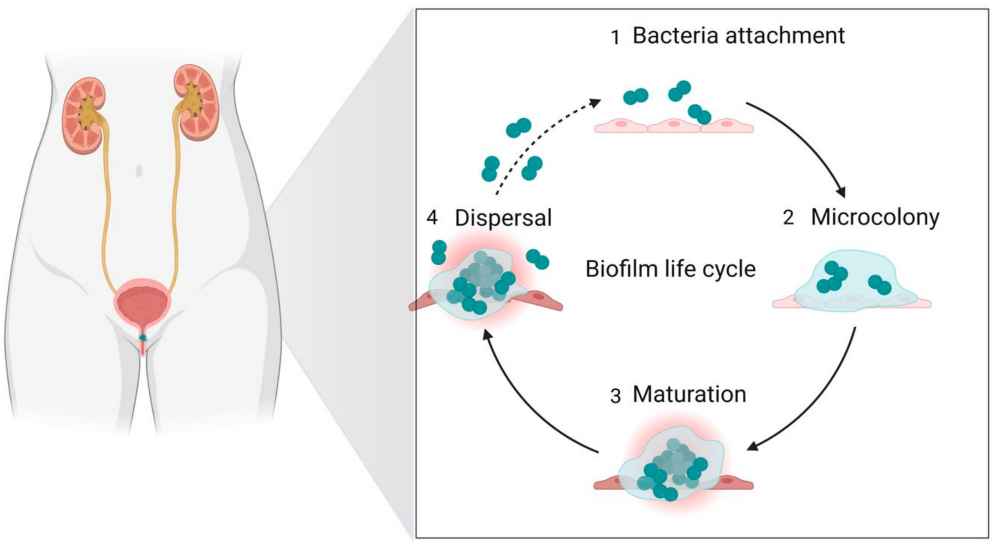Urinary tract infections UTIs stand as one of the most prevalent bacterial infections globally, affecting millions each year. Predominantly caused by uropathogenic Escherichia coli UPEC UTIs pose significant challenges due to bacterial adhesion and colonization within the urinary tract, often evading host immune responses. However, a groundbreaking study led by researchers from Nanjing University presents a promising new avenue for combatting UTIs through the innovative development of bioinspired nanozymes acting as nanodecoys.
The concept behind this revolutionary approach lies in mimicking the natural defense mechanisms of the body, specifically uromodulin UMOD, a protein known for its role in protecting against bacterial invasion in the urinary tract. By engineering nanozymes to replicate the function of UMOD, researchers have devised a strategy to obstruct bacterial adhesion and colonization, thereby mitigating the progression of UTIs.
At the heart of this innovation are nanozymes constructed by incorporating dextran onto ceria nanoparticles. This ingenious design effectively simulates the glycans present in UMOD, acting as a barrier to impede the adhesion of UPECs. However, the utility of these bioinspired nanozymes extends beyond mere physical obstruction.
These nanozymes boast multifaceted functionalities, combining anti-inflammatory and anti-adhesive properties to combat UTIs comprehensively. By scavenging reactive nitrogen and oxygen species RNOS generated during infection-induced inflammation, the nanozymes alleviate the inflammatory response, thereby reducing tissue damage and promoting healing.
Moreover, the nanozymes exhibit the remarkable ability to prevent bacterial adhesion to both host cells and abiotic surfaces, crucially inhibiting bacterial colonization within the urinary tract. This dual mechanism of action not only addresses the immediate bacterial threat but also mitigates the inflammatory cascade, offering a holistic approach to UTI management.
In preclinical studies utilizing mouse models, the efficacy of these bioinspired nanozymes has been demonstrated across various UTI scenarios, including acute infections, repeated episodes, and catheter-associated UTIs. The promising outcomes observed in these studies underscore the potential of nanozyme-enabled nanodecoys as a viable therapeutic intervention for UTIs.
The implications of this research extend beyond UTI management, hinting at broader applications in combating other FimH-induced infections in the lungs and bowels. By harnessing the power of nanozymes, researchers have opened up new frontiers in clinical approaches to infectious diseases, offering safer, more effective alternatives to traditional antibiotic therapies.
As we navigate the evolving landscape of antimicrobial resistance and seek innovative solutions to combat bacterial infections, the development of nanozyme-enabled nanodecoys represents a significant milestone. With further research and clinical validation, these bioinspired nanozymes hold immense promise in revolutionizing the management of UTIs and related complications, ushering in a new era of precision medicine in infectious disease management.
